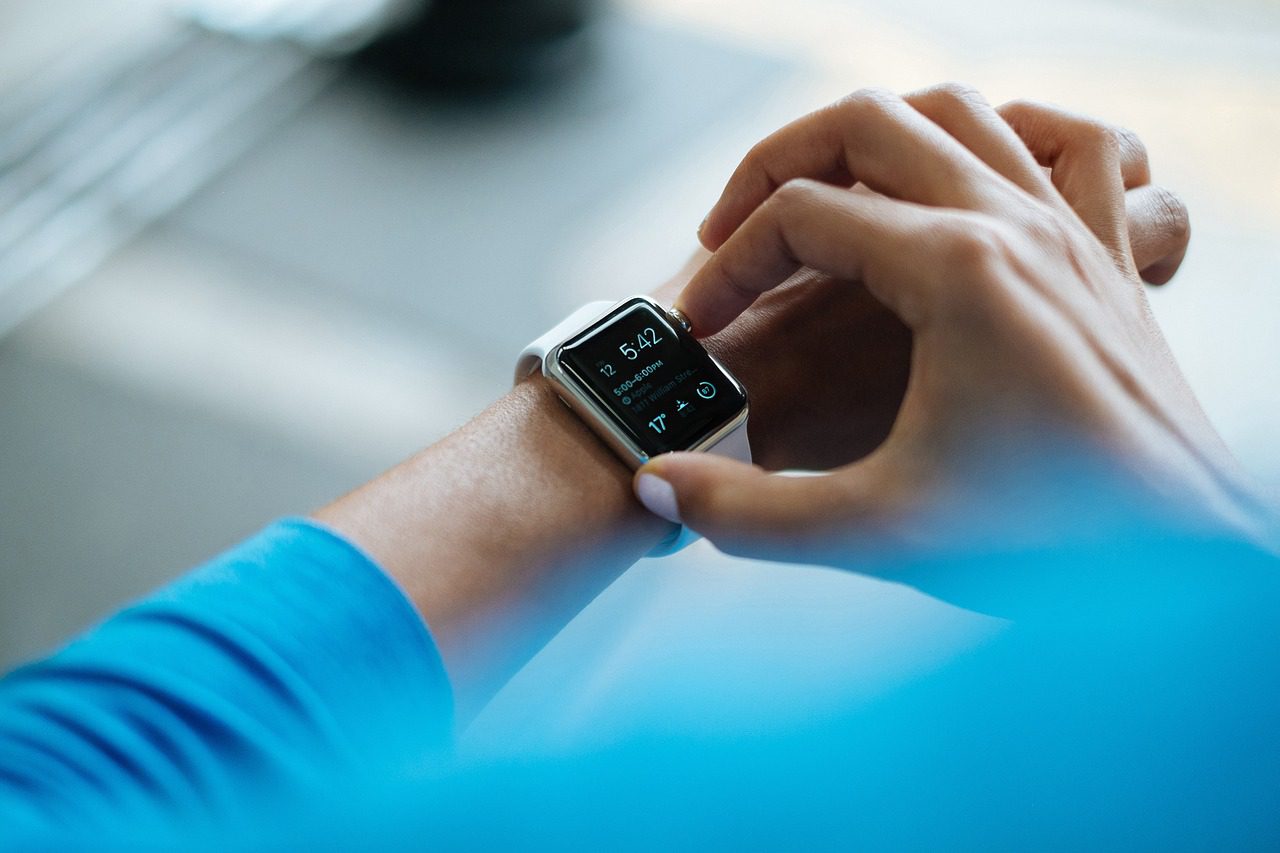The payments industry is undergoing a revolution in which mobility and other innovations in technology are constantly driving change. Take Amazon Go for example – a store model that allows customers to simply walk in, pick up what they want and walk out without having to wait in line. There are also many more possibilities with cashierless check-outs, or mobile checkouts that meet the consumer in the store, where needed. While Amazon Go is a fun, futuristic example of what may come, the reality is many consumers and merchants haven’t even yet adapted to contactless payment, and while the technology is here, several hurdles to adoption need to be conquered before the Amazon Gos of the future, and even mobile or contactless payments, become the new norm and physical cards become obsolete.
Updated Solutions are Necessary for Innovation
Mobile and contactless payments are only possible if merchants have the infrastructure in place to support them. However, many merchants have legacy solutions that aren’t able to accept these methods due to the way they’re set up. The challenge is that, although these payments options help the merchant provide a seamless, faster and smoother checkout experience, it’s typically not enough motivation for a merchant to replace their fully functioning, existing payment infrastructure. Additionally, new solutions mean the need to train employees how to use it, which can be a big ask if the new system is vastly different than the previous one.
Merchants can often be more willing to upgrade to new payment hardware when there are added incentives. For example, newer solutions tend to be more secure, along with other benefits, such as the ability to integrate business applications at the point of sale, such as customer surveys and loyalty programs. Additionally, some newer POS solutions are built leveraging Android or iOS operating systems, providing a familiar user interface for both employees and consumers so there’s little to no learning curve in with adoption. Building experiences around these user interfaces that people already know helps streamline adoption, leading to a faster return on investment and more positive experience for customers.
Increasing Consumer Adoption
While contactless payments can promote a faster, seamless and cleaner checkout experience, consumer adoption, at least in the U.S., remains low. At the end of 2017, just 0.2 percent of all Visa transactions were contactless, compared to 92 percent in Australia, the highest in the world. One of the reasons, simply put, is there are less contactless cards in the market. Contactless cards are embedded with NFC technology, making them more expensive to produce than traditional cards. Therefore, card issuers are more reluctant to ship contactless cards to consumers. It’s a natural conclusion that more contactless cards in the U.S. market may help this form of payment become the norm.
According to Pew Research, 77 percent of Americans now own smartphones. However, only 32 percent have made a mobile purchase. Why the gap? Some consumers may be hesitant to use mobile and contactless payment methods simply because of a general lack of understanding – this is in part due to the misconception that mobile wallets may not be as secure as using a more traditional payment method. Another issue consumers face is that there is no real incentive to try a new payment method – why make a change when the method being used now still works just fine?
As touched upon earlier, loyalty and other value-added services will be major factors in driving mobile wallet adoption. One of the best and most widely used examples of this is Starbuck’s rewards program. Using the mobile app, each payment directly links to the customer’s loyalty plan, earning them deals and even free drinks and food. Merchants that link deals and loyalty programs with mobile wallets benefit from providing an enhanced customer experience and increased customer loyalty. This is the future of mobile wallets and will act as a catalyst to drive grater user and merchant adoption.
Wearables and Other Emerging Payment Methods
The amount of connected devices on the market is rapidly increasing, and everything from your coffeemaker to your watch has the potential for connected capabilities. This opens up significant opportunities for payments, many of which are just starting to be explored. Wearables have made the most headway, with many smartwatches being able to initiate transactions, and even smart jewelry, like Visa’s payment ring. In particular, as the leader in the smartwatch category, the Apple Watch has made strides in getting consumers more comfortable using non-traditional smart objects to pay for things.
Apple recently announced six universities are going to integrate student ID cards to the Apple Wallet app, which will be available on the Apple Watch this fall. This integration will not only allow students entrance to campus buildings and events, but also will allow them to make purchases from campus shops, bookstores, laundry and vending machines all with a tap on their wrist. Payment integrations such as these could ultimately drive consumer adoption. As many of these students are traditionally applying for their own credit cards at this time, getting used to tapping their watch and/or smartphone for other activities will encourage an entirely new type of consumer in the future.
New innovations in payment methods are making it easier for consumers to pay for goods and services. While there are still some minor barriers to adoption for mobile wallets, adding the ability to integrate with value-added services and other technological advancements will ultimately make it easier and more desirable for consumers to make the switch.
Any way you slice it, the expected customer experience is continuing to evolve, and if merchants want to create value and drive loyalty to their base, they’ll need to do so as well.










